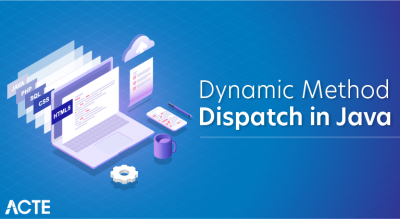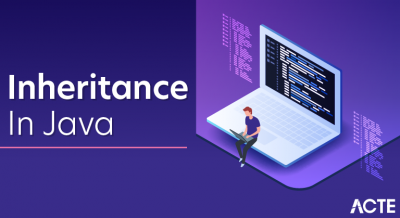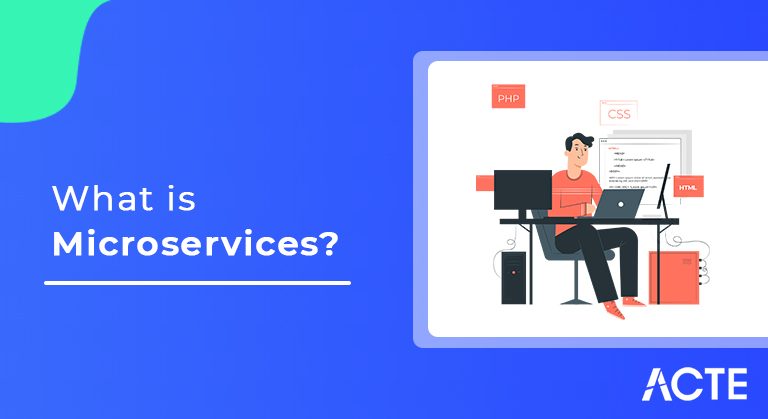
Introduction :-
Microservices are a compositional way to deal with building applications. As an engineering system, microservices are appropriated and inexactly coupled, so one group’s progressions won’t break the whole application. The advantage to utilizing microservices is that advancement groups can quickly assemble new parts of applications to meet changing business needs
- There are three principle inspirations for utilizing the microservice approach when building applications, and two of them are connected with distributed computing.
- Initially, distributed computing favors the versatility of utilizations by executing the idea of dynamic flexibility, and microservices permit an ideal change of the variety of computational assets to suit the interest vacillation.
- The simplicity of allotment and arrival of processing assets presented by distributed computing (like virtual machines and compartments) permits applications to conform to request. As such, when there is a pinnacle use (of a site or a portable application, for instance), all you want is to assign more assets and trigger new examples of the application, then, at that point, discharge those assets when utilization diminishes.
- On account of utilizations worked as stone monuments, setting off new examples requires the whole application (and the whole code alluding to its different functionalities) to be imitated. In any case, it is more normal that main certain functionalities of the application have top interest. For instance, in a financial records application, the equilibrium request work is considerably more utilized than the solicitation for point by point bank articulations of the most recent a half year.
- At the point when the application is worked by joining microservices and every microservice is liable for a particular arrangement of functionalities, just the microservices connected with the most utilized functionalities should be imitated.
- In this way, the microservice approach for building applications saves computational assets – and lessens costs – by permitting a more exact change between the interest bend and the utilization of these assets.
- The second inspiration for utilizing microservices connects with the current necessity of computerized organizations to continually further develop their frameworks. Latest possible moment usefulness changes, advancements, A/B testing, blunder revision… Given that distributed computing alongside the robotization of the form and convey process smoothes out the method involved with making new forms of frameworks accessible in a creation climate, it is disappointing to recompile and perform thorough tests on extremely enormous frameworks, which significantly dials back the creation interaction of another rendition of an application, particularly if by some stroke of good luck a little piece of that application has been changed. Microservices permit you to separate the issue and update just the changed usefulness without chipping away at the remainder of the application.
- The third inspiration for embracing microservices connects with the blunder resistance of a circulated model. In a solitary framework, the blunder of a specific usefulness for the most part makes the application inaccessible all in all. In the microservice model, the blunder of a specific usefulness doesn’t imply that other accessible functionalities are halted, which limits the effect of such mistake.
- Microservices have unmistakable key properties, notwithstanding trademark building ideas that permit you to remove the best outcomes from this product advancement approach.
Why microservices?
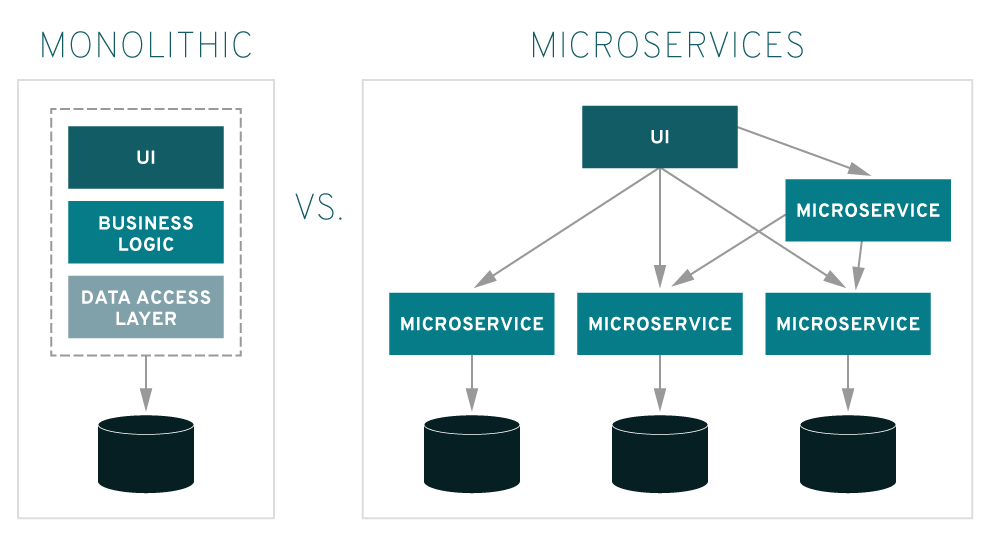
The Six Characteristics Of Microservices :-
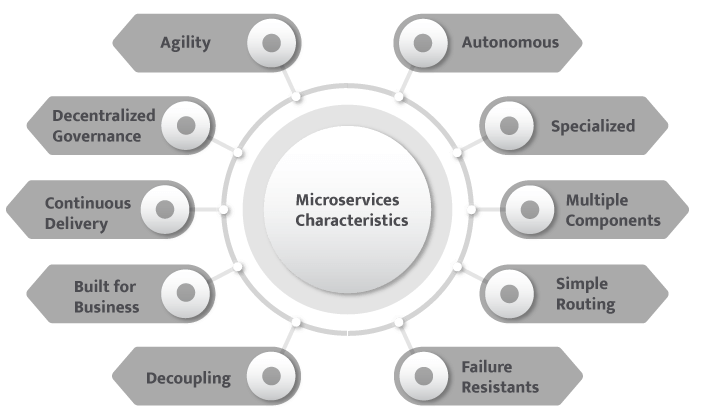
1. Multiple Components
Programming worked as microservices can, by definition, be separated into numerous part benefits. Why? So every one of these administrations can be conveyed, changed, and afterward redeployed freely without compromising the respectability of an application. Accordingly, you may just have to transform at least one particular administrations as opposed to redeploying whole applications. However, this methodology has its disadvantages, including costly remote calls (rather than in-process calls), coarser-grained distant APIs, and expanded intricacy while reallocating liabilities between parts.
2. Built For Business
The microservices style is typically coordinated around business abilities and needs. Not at all like a conventional solid improvement approach—where various groups each have a particular spotlight on, say, UIs, information bases, innovation layers, or server-side rationale—microservice engineering uses cross-useful groups. The obligations of each group are to make explicit items dependent on at least one individual administrations conveying by means of message transport. In microservices, a group claims the item for its lifetime, as in Amazon’s frequently cited proverb “You assemble it, you run it.
3. Simple Routing
Microservices act to some degree like the traditional UNIX framework: they get demands, process them, and produce a reaction in like manner. This is inverse to the number of different items like ESBs (Enterprise Service Buses) work, where cutting edge frameworks for message directing, movement, and applying business rules are used. You could say that microservices have savvy endpoints that interaction data and apply rationale, and stupid lines through which the information streams.
4. Decentralized
Since microservices include an assortment of innovations and stages, old-school strategies for concentrated administration aren’t ideal. Decentralized administration is inclined toward by the microservices local area since its engineers endeavor to deliver helpful apparatuses that can then be utilized by others to tackle similar issues. Very much like decentralized administration, microservice engineering additionally inclines toward decentralized information the executives. Solid frameworks utilize a solitary sensible data set across various applications. In a microservice application, each assistance typically deals with its remarkable information base.
5. Failure Resistant
Like a balanced kid, microservices are intended to adapt to disappointment. Since a few interesting and various administrations are imparting together, it’s very conceivable that a help could come up short, for some explanation (e.g., when the provider isn’t free). In these cases, the customer ought to permit its adjoining administrations to work while it bows out in as effortless a way as could really be expected. In any case, checking microservices can assist with forestalling the danger of a disappointment. For clear reasons, this necessity adds greater intricacy to microservices when contrasted with solid frameworks design.
6. Evolutionary
Microservices engineering is a developmental plan and, once more, is great for transformative frameworks where you can’t completely expect the sorts of gadgets that may one day access your application.. Numerous applications start dependent on solid engineering, however as a few unanticipated prerequisites surfaced, can be gradually redone to microservices that interface over a more established solid design through APIs.
Examples of Microservices :-
Netflix has a boundless engineering that has developed from solid to SOA. It gets more than one billion calls consistently, from in excess of 800 distinct kinds of gadgets, to its web based video API. Every API call then, at that point, prompts around five extra calls to the backend administration.
Amazon has additionally relocated to microservices. They get innumerable calls from an assortment of utilizations—including applications that deal with the web administration API just as the actual site—which would have been essentially incomprehensible for their old, two-layered engineering to deal with.
The closeout site eBay is one more model that has gone through a similar progress. Their center application involves a few independent applications, with every one executing the business rationale for various capacity regions.
- Microservice design gives engineers the opportunity to autonomously create and send administrations
- A microservice can be created by a minuscule group
- Code for various administrations can be written in various dialects (however a huge number beat it down)
- Simple combination and programmed arrangement (utilizing open-source persistent incorporation devices like Jenkins, Hudson, and so on)
- Straightforward and alter for designers, in this way can help another colleague become useful rapidly
- The designers can utilize the most recent advancements
- The code is coordinated around business capacities
- Begins the web holder all the more rapidly, so the arrangement is likewise quicker
- At the point when change is needed in a specific piece of the application, just the connected help can be adjusted and redeployed—no compelling reason to alter and redeploy the whole application
- Better shortcoming detachment: assuming one microservice falls flat, the other will keep on working (albeit one risky region of a stone monument application can endanger the whole framework)
- Simple to scale and incorporate with outsider administrations
- No drawn out obligation to innovation stack
- Because of circulated organization, testing can become confounded and drawn-out
- Expanding number of administrations can bring about data hindrances
- The engineering brings extra intricacy as the designers need to moderate adaptation to non-critical failure, network dormancy, and manage an assortment of message designs just as burden adjusting
- Being a circulated framework, it can bring about duplication of exertion
- At the point when number of administrations builds, mix and overseeing entire items can become confounded
- Notwithstanding a few intricacies of solid engineering, the designers need to manage the extra intricacy of a circulated framework
- Designers need to invest extra energy into carrying out the system of correspondence between the administrations
- Taking care of utilization cases that range more than one assistance without utilizing appropriated exchanges isn’t just extreme yet in addition requires correspondence and participation between various groups
Microservice Pros and Cons :-
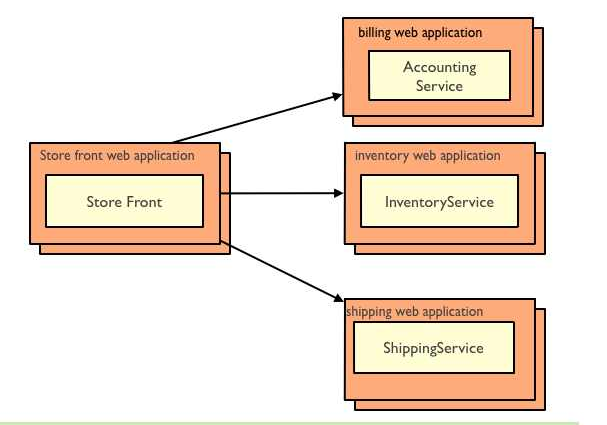
Pros:
Cons:
Conclusion :-
The results are visible through in data.gov and data.gov.uk, and you can explore the large number of data sets available as well-described linked data here. If a large number of standardized definitions can be agreed upon, the next steps are most likely toward agents: small programs that orchestrate microservices from a large number of vendors to achieve certain goals. When you add the increasing complexity and communication requirements of SaaS apps, wearables, and the Internet of Things into the overall picture, it’s clear that microservice architecture probably has a very bright future ahead.

